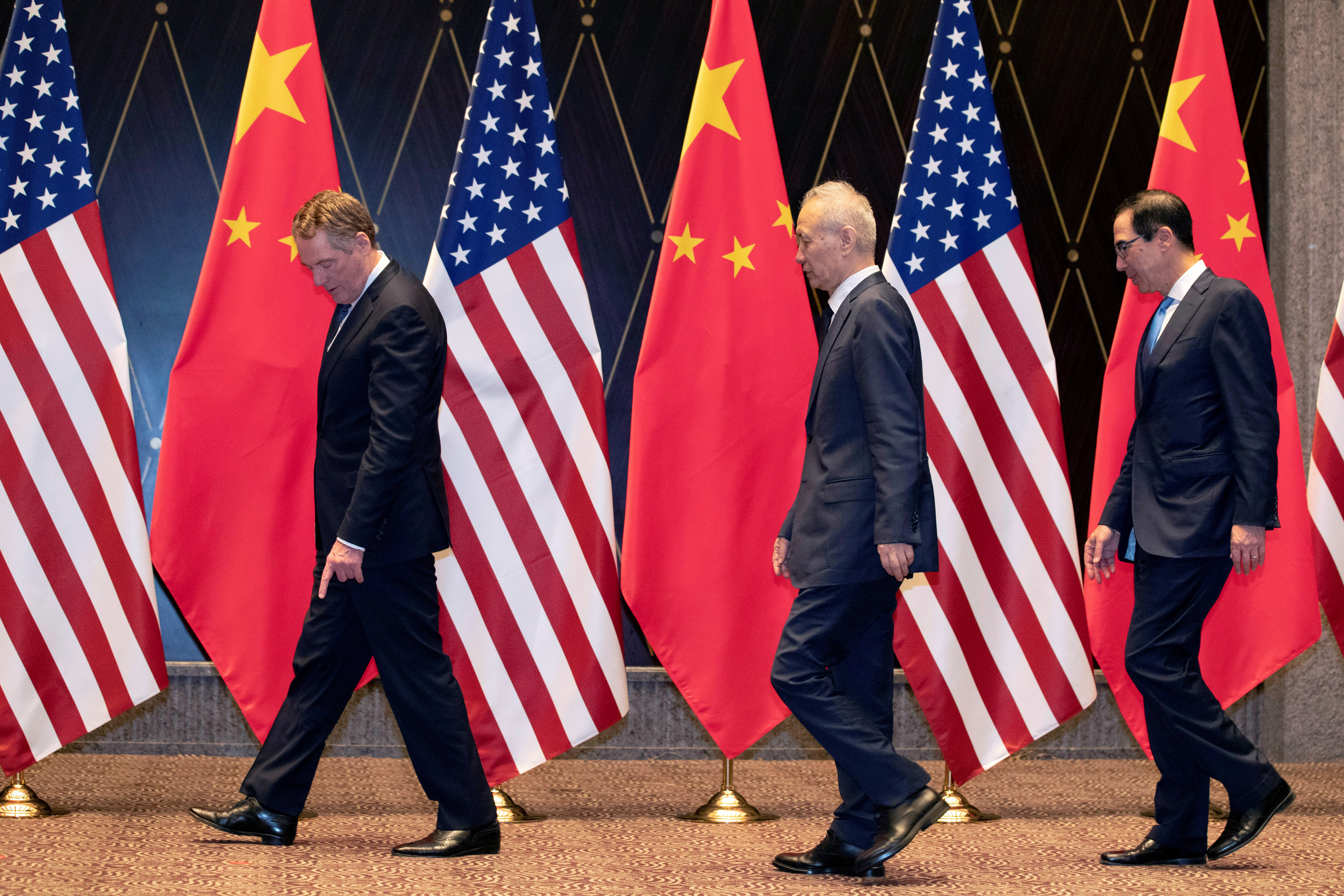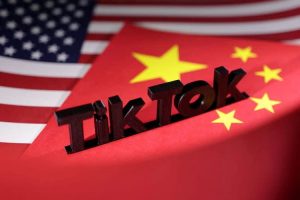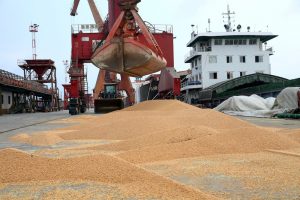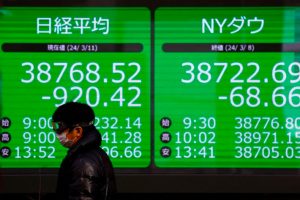(ATF) By its own calculations China now sees itself as the world’s number-one economy, or very close to it.
After years of fast-paced development, China became the world’s second largest economy and the number one contributor to world economic growth by 2019.
The ratio of China’s economic growth in the world last year was reportedly about 30%, and China’s performance has attracted more investment, especially since the beginning of this year, when the coronavirus epidemic swept the world and plunged the global economy into a severe recession.
Based on this, the steady development of China’s economy may provide “cardiac support” for the global economic recovery, Chinese state media have suggested.
With domestic consumption “turning positive” last month for the first time this year, China may surpass the United States to become the world’s largest consumer market in 2020.
According to a report by local media outlet The Paper, data released by China’s National Bureau of Statistics showed that in August this year, total retail sales of consumer goods nationwide was just over 3.357 trillion yuan (just over US$495 billion), a year-on-year increase of 0.5%. That meant total retail sales of consumer goods in January-August reached 23.8 trillion yuan ($3.509 trillion).
Consumption is one of the “troikas” driving my China’s economic growth, and the turnaround in consumption growth is of great significance to China’s economic recovery.
At the same time, the recovery of the domestic consumer market is the most attractive feature for foreign-funded enterprises. China has a large market with a population of 1.4 billion. And with the Covid-19 epidemic sweeping the world, major economies are in recession, and the Chinese market may become a “safe haven” for global capital.
In fact, this is also confirmed by investment data of the first eight months of this year.
Data from the Ministry of Commerce show that from January to August this year the country’s inflow of foreign capital reached 619.78 billion yuan, a year-on-year increase of 2.6%. And China’s actual use of foreign capital in August was 84.13 billion yuan, up by 18.7%, a record high this year.
Despite the epidemic, China has maintained this growth in attracting foreign funds, which shows foreign businesspeople’s confidence and investment expectations that China’s market is stable and improving, the paper says. China’s bond market is growing and proving popular with qualified foreign investors because of its comparatively high interest rates.
Largest consumer market this year?
This recovery and growth of China’s consumer market is expected to see the country surpass the United States this year to become the world’s largest consumer market.
In fact, as early as May, the former Vice Minister of China’s Ministry of Commerce said in an interview that China’s consumer market was expected to reach 45 trillion yuan in 2020 – and to surpass the United States to become the world’s largest market.
Hit hard by the epidemic, the US economy has fallen into a severe recession. In the second quarter of this year, US GDP fell at an annual rate of 31.7%, the largest quarterly decline on record, with personal consumption plunging by up to 34.1%.
China was hit hard by the coronavirus earlier than the US, but may have responded more effectively, as its consumer market is recovering and growing. Based on this, or as predicted by the former Deputy Minister of Commerce, China is expected to surpass the United States this year and become the world’s largest market.
But it’s important to remember that China’s total retail sales in 2019 had exceeded 90% of that of the United States.
Industrial growth also positive
Meanwhile, industrial growth in the first eight months of the year “turned positive” to consolidate China’s supply chain status.
And it’s not just consumption data that is doing relatively well. China’s industrial growth rate in the first eight months has reached a “positive” rate this year as well. From January to August, the value of output from China’s industrial enterprises increased by 0.4% year-on-year, and the cumulative growth rate has changed from negative to positive. In August the figure increased by 5.6% year-on-year, which was 0.8 percentage points higher than the previous month.
China is the world’s largest manufacturing country, and has established a complete industrial system across a variety of industries. Affected by the epidemic, the global supply chain experienced interruptions, which triggered a debate about supply-chain security for goods regarded as vital by Western nations. Japan, India, and Australia even negotiated the formation of a “supply chain alliance.”
Against this background, the recovery and growth of China’s industry means that China may have the upper hand in the reshaping of global supply chains.
This also shows in export data. Statistics show that in the first eight months of this year, China’s export volume reached 11.05 trillion yuan, an increase of 0.8% year-on-year, and the cumulative growth rate also turned from negative to positive. The epidemic has meant sluggish global demand.
The growth of China’s exports means it has increased its share of global exports and consolidated China’s position in the industrial supply chain.
In 2019, US Nominal GDP was $21.44 trillion and US GDP (PPP) was $21.44 trillion. China’s Nominal GDP was $14.14 trillion – with China GDP (PPP) $27.31 trillion. GDP PPP (purchasing power parity) is gross domestic product converted to international dollars using purchasing power parity rates. An international dollar has the same purchasing power over GDP as a US dollar has in the United States.
Predictions that China would surpass the United States to become the world’s top economy by 2020 were said to be exaggerated by early 2020- as the U.S. finished 2019 on top with an estimated $21.5 trillion nominal gross domestic product (GDP) and was expected to grow to $22.3 trillion this year.
But due to the coronavirus, the US economy has been on a downhill slope, while China is seeing moderate growth.
The only hesitation about this news, is whether China’s figures are real or have been exaggerated by party officials, which was a problem previously under the communist system. Some Western experts have cast doubt, for example, on whether the Chinese economy really grew at 3.2% in the second quarter, as it claimed.
























